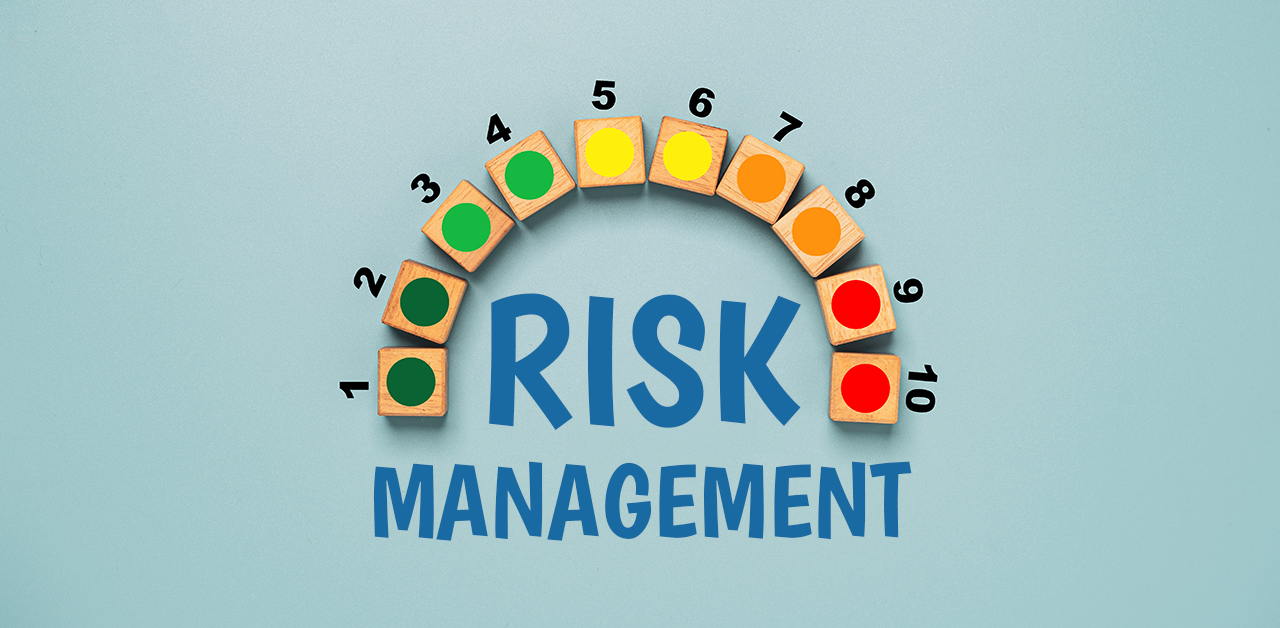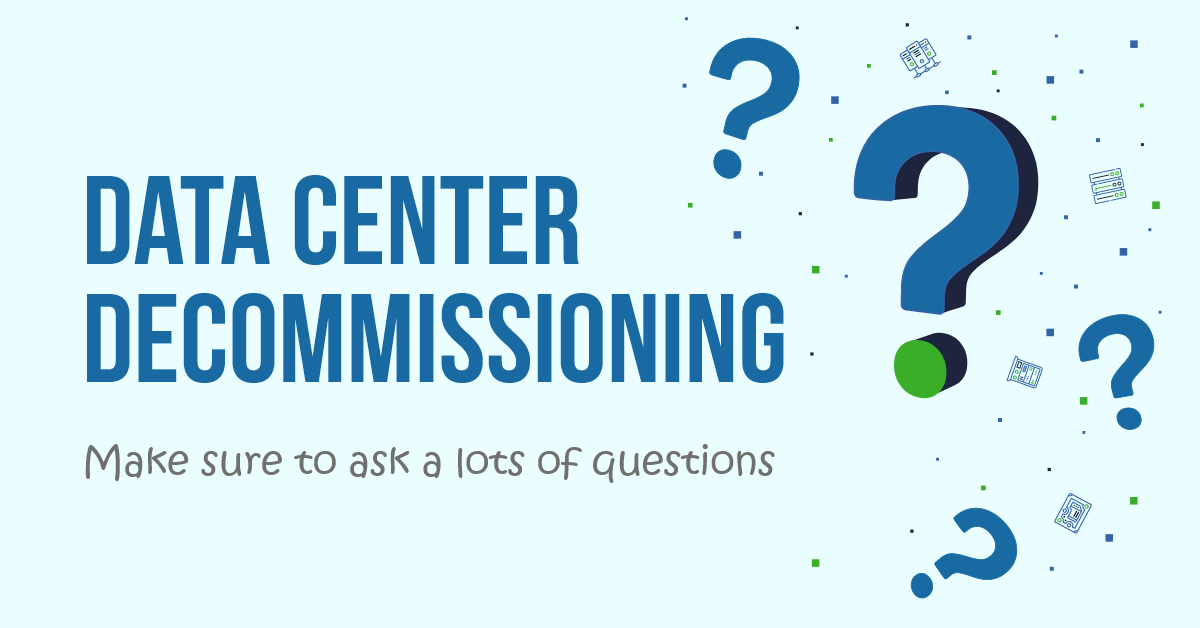
Given the complexities and manpower needs of decommissioning a data center, it’s important to hire a professional who specializes in it.
Experience and track record are everything when it comes to selecting a vendor. There are a lot of small companies that say they can decommission a data center and fail because they lack experience and credentials.
I can’t tell you how many times we’ve come into a mess where we had to clean up what someone else did. There were servers and other hardware scattered everywhere. My advice – ask a lot of questions.
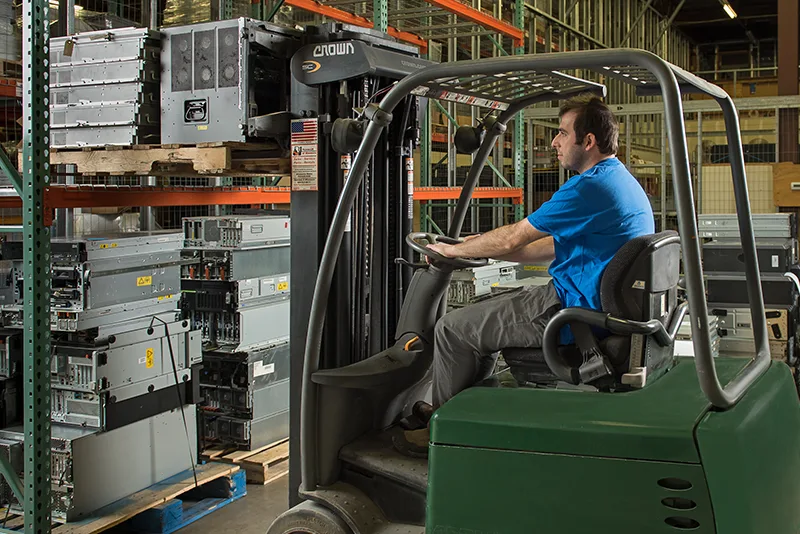
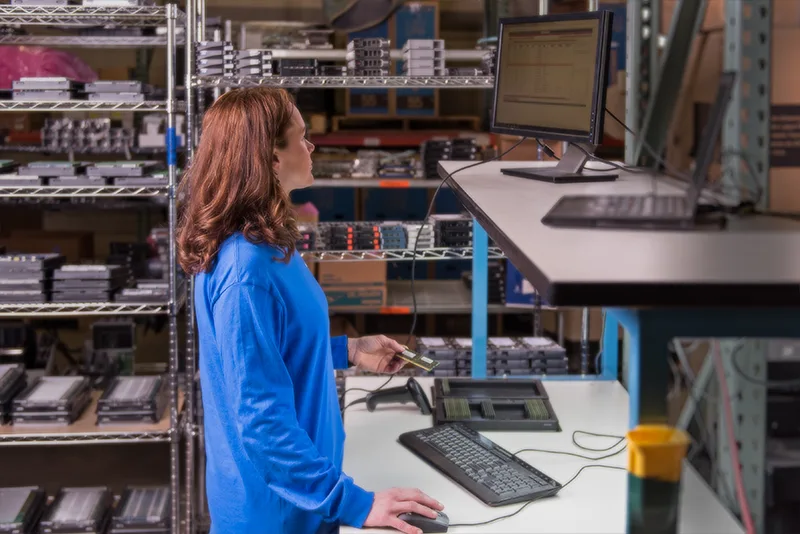
Has the vendor provided you with a detailed statement of work outlining how they will handle every aspect of the data center decommissioning project?
Prior to the project, ask the vendor to do a walk-through with you showing how they will execute each step.
Find out if the vendor outsourced any aspect of data center decommissioning, including labor or data destruction.
Inquire about responsible recycling
Ask for the references for the last three data center decommissioning clients the vendor serviced.
Ask if the vendor will be able to recover value from your retired IT hardware. If so, find out how much and when you could expect to receive the compensation.
Ask how data destruction will be handled. If the solution is software-based, find out the name of the software.
Learn about the vendor’s security protocols around data destruction.
Find out where the truck goes when it leaves with the gear.
Ask how hazardous materials will be disposed.
Ask how metals and other components will be disposed.
Recycle electronics responsibly
As gear is cleared out of the data center, it’s important to make sure it’s disposed of safely, from both a security and environmental standpoint.
When it comes to electronics recycling, the key certification to look for is the R2 Standard. R2 – sometimes referred to as the responsible recycling certification – is a standard for electronics recyclers that requires certified companies to have a policy on managing used and end-of-life electronics equipment, components and materials for reuse, recovery and/or recycling.
But R2 does more than that. It offers a traceable chain of custody for all equipment, tracking who touches every piece and its ultimate fate. R2 certified providers aren’t outsourced tech people – they are people who have the tools and know the processes involved with removing gear as they do it on a daily basis. They should also have a team that can do data security on site, and a compliance project manager to make sure compliance and chain of custody are met.
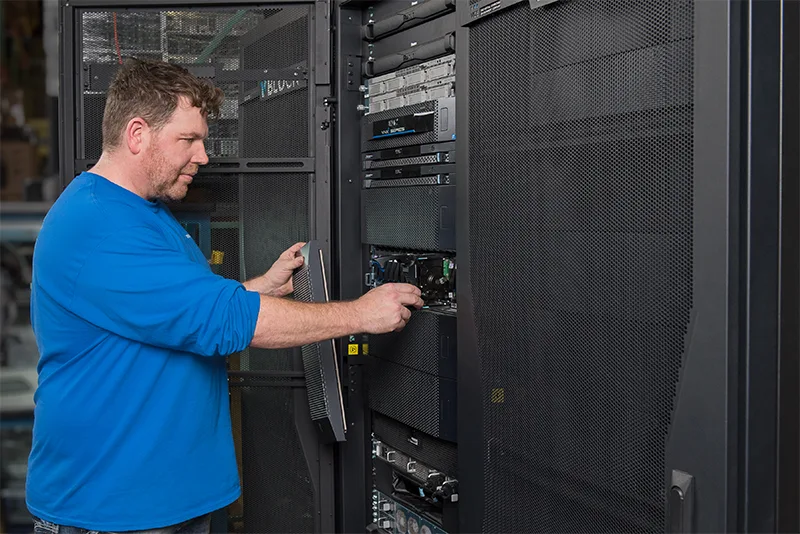
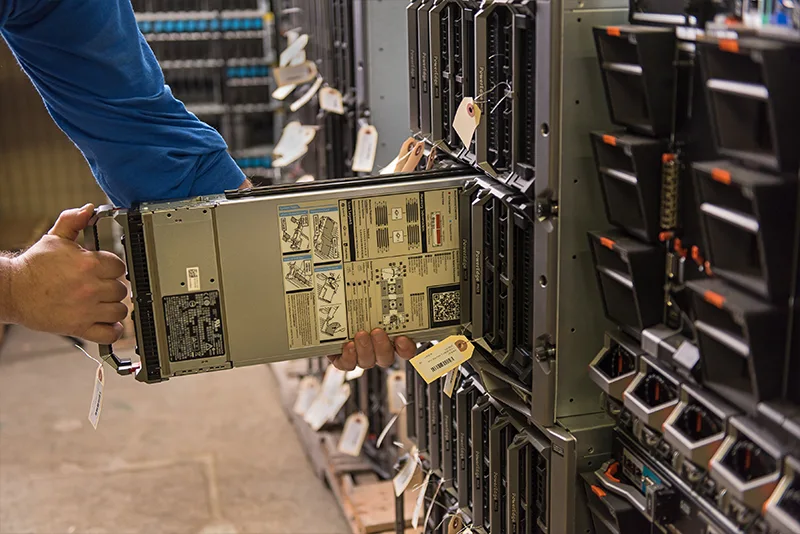
Finally, when decommissioning a data center, use a well-known company that does asset removal, asset destruction, chain of custody, provides certifications of destruction for hard drives, and proper disposal of toxic materials. All of it needs to be very well documented not only for the environment’s protection but for your company’s protection, as well. You don’t want to wake up one morning and find out that your equipment was found dumped in a landfill or in a rainforest.
In the end, it isn’t the liability of the disposal company if servers containing customer or medical information turn up at a used computer fair, it’s the fault of the owners. The creator of e-waste is ultimately liable for the e-waste.

